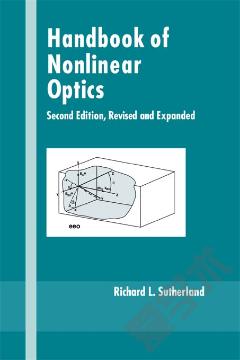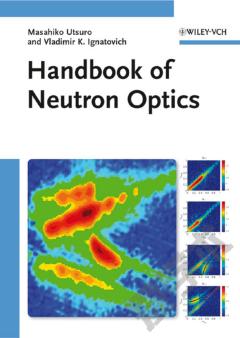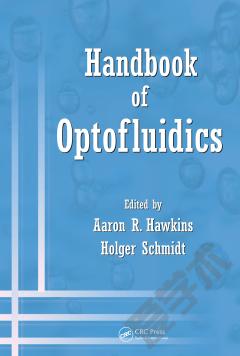Optometrist's Manual
Hermann Von Helmholtz shares with Donders the glory of laying the foundation on which the modern science of ophthalmology is built. This eminent investigator is the bright, particular luminary in the field of physiologic optics. He was born in 1821, and took his degree of doctor of medicine at Berlin in 1842. He served as a military surgeon until 1847, during which time he published his important article on the conservation of energy. In 1850 he went to the University of Koenigsberg as professor of physiology and general pathology, and here it was where, in 1851, he announced his invention of the ophthalmoscope, which revolutionized ophthalmology. He was called to Heidelberg in 1858, and he here devoted a great deal of study to physiological optics, as a result of which his celebrated Handbook of Physiological Optics appeared during the ten years from 1856 to 1866, a book noted for its depth of original investigation, historical research and profound erudition. A second edition of it appeared during the decade of 1885 to 1896. This work, which is too mathematical and profound for the average student, is published in German and French only, but the portions of it of practical interest to the refractionist will be found incorporated in simplified form in Tscherning's Physiologic Optics, translated into English by Carl Weiland M. D., and published by The Keystone Publishing Co. Helmholtz was called to Berlin in 1871 as professor of physics and director of the physical laboratory at the University of Berlin, and remained there until 1887, when he became director of the great Physico-technical Institute at Charlottenburg. He died in 1894.
{{comment.content}}








 京公网安备 11010802027623号
京公网安备 11010802027623号